The ProcessStudents will should work in small groups of 3-5. Each group will start with envelope 1 on their desk. The objective is to complete checkpoints by interpreting the clues and determining the secret passwords. Once groups think they have correctly filled in their checkpoint password, they must check in with the gamemaster (most likely the teacher), and if correct, receive their next envelope. Groups successfully complete the scavenger hunt by completing all 5 checkpoints and correctly answering their final problem. Checkpoint Answer Cards
Checkpoint #1
Checkpoint #2
Checkpoint #3
Note: In the Circuits Breakout version of this task, this clue uses a UV light to reveal some of the resistors that have been intentionally left blank. These flashlights are actually pretty cheap so it would be an easy way to add another layer of discovery. Checkpoint #4
Printing out the CluesI knew going into this task that I wanted to make something that I could use over and over without a huge reset between class periods. Because of this, I chose to print out all of the clues on card stock and laminate everything with my handy thermal laminator. Of course, it would work just fine on regular paper as well. Just be prepared to have sets of clues to refill the boxes if you are doing this for multiple classes in a row. I wouldn't expect that you will be able to reuse any of the printouts from class to class because it's almost guaranteed that someone will write on them even if instructed not to. This was another great benefit of the lamination because students were able to write on the clues with a dry erase marker and wipe it clean at the end of class.
Here are the files in pdf and powerpoint formats organized by clue groups. A couple things to keep in mind:
Setting up the Scavenger HuntThe biggest part of the set up for this task printing and organizing the clues into envelopes. Each groups will need a set of envelopes so the more groups there are, the more set up there will be. It might help to have names for the groups so that you can label the envelopes and better keep track of which group is on which clue
DownloadBelow you will find a .zip file of the digital (PDF and editable) files needed for this breakout task. All of the files are included individually in the sections above as well but it's nice to get everything in one tidy package!
Download an outline of this task (essentially a printer friendly version of this blog post)
Click for more tasks like these!
Comments
|
Joe CossetteFather, Physics Teacher, Knowles Fellow, Friend, Techie, and Musician Blog Posts |
|||||||||||||||||||||||||||||||||||||||||||||||||||||||||||||||||||||||||||||||||||||||||||||||||||||||||||||||||||||||||||||||||||||||||||||||||||||||||||



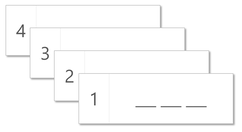
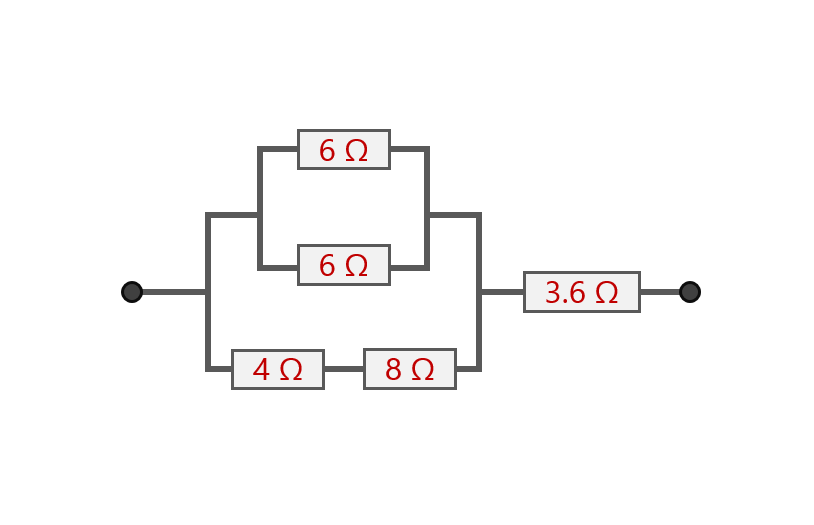
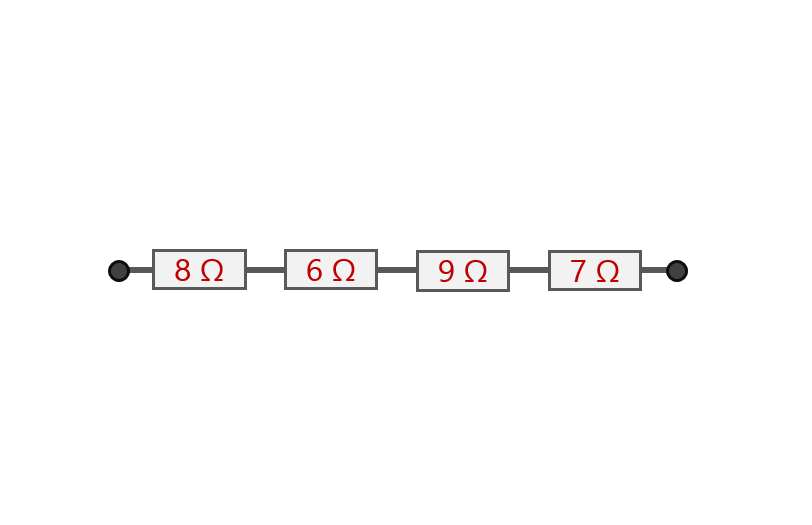
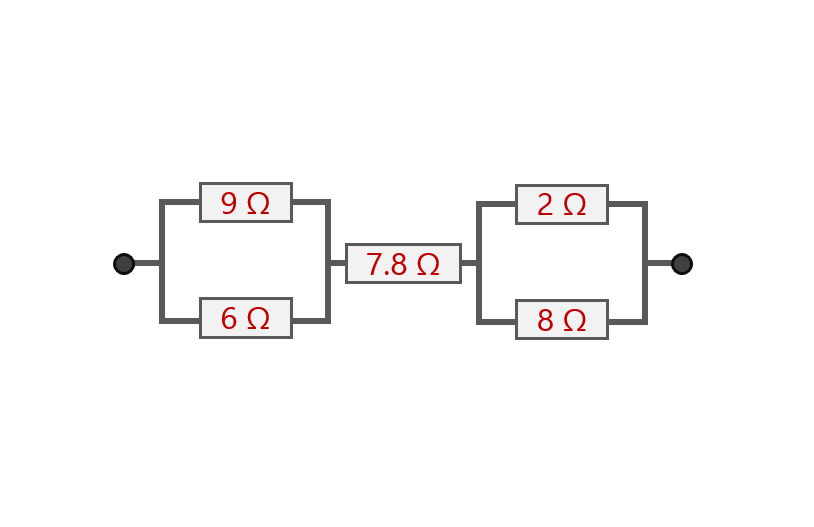
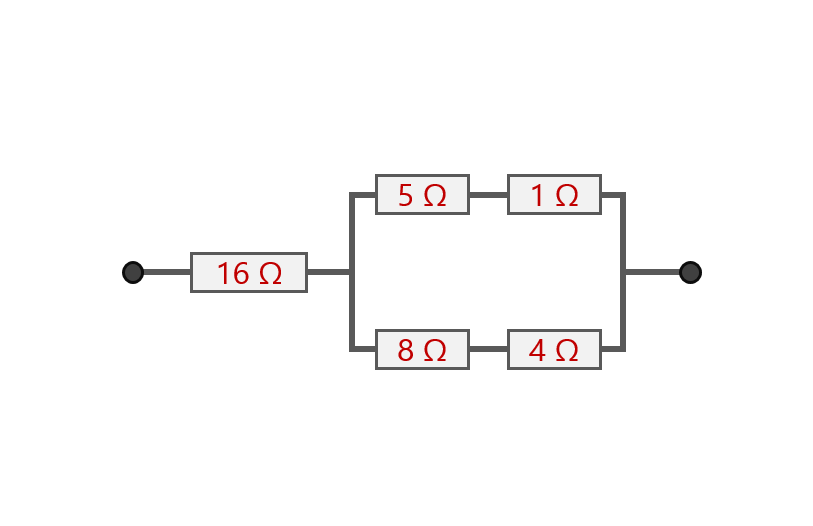
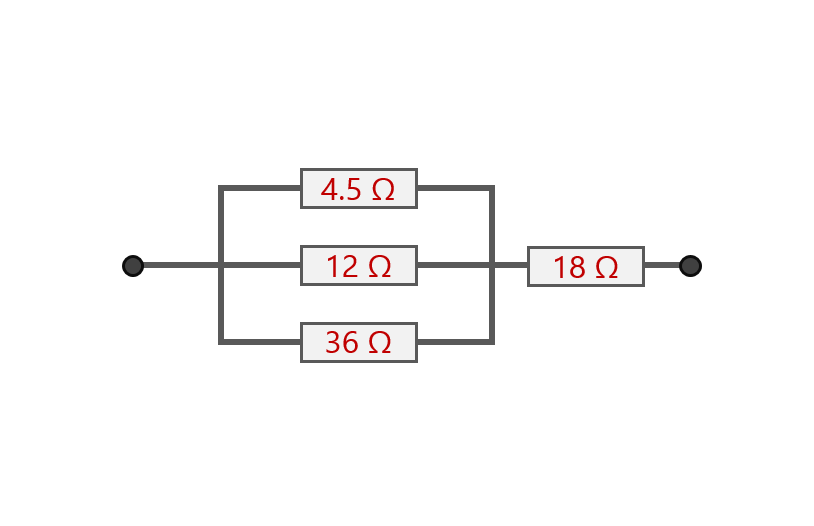
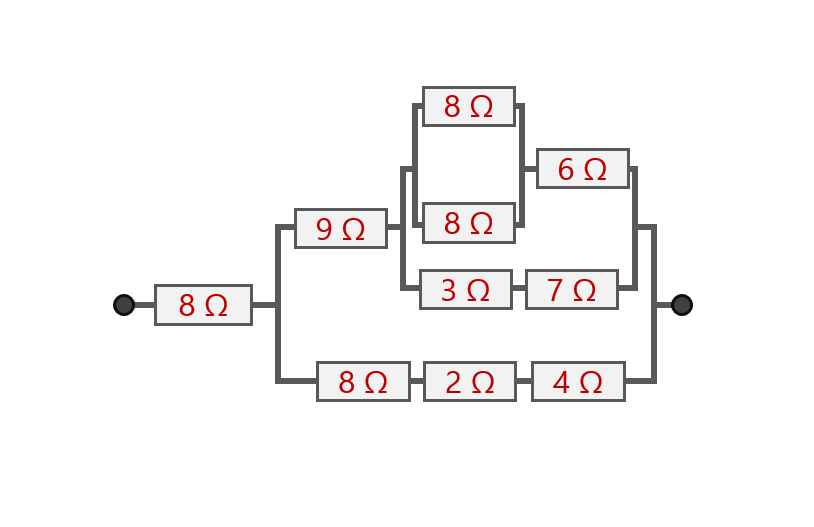


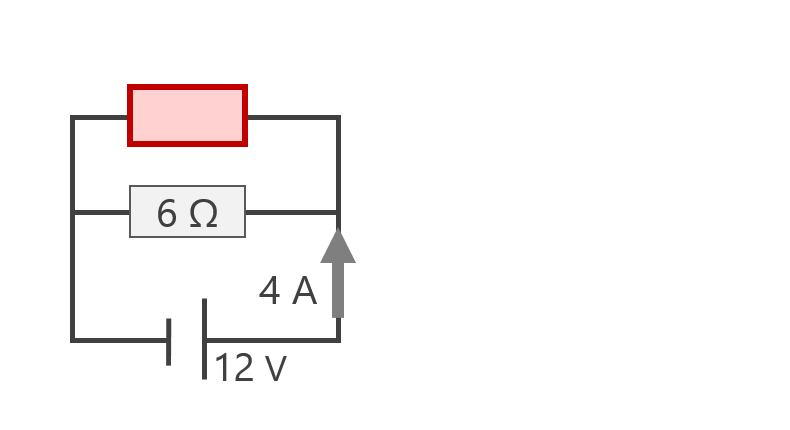
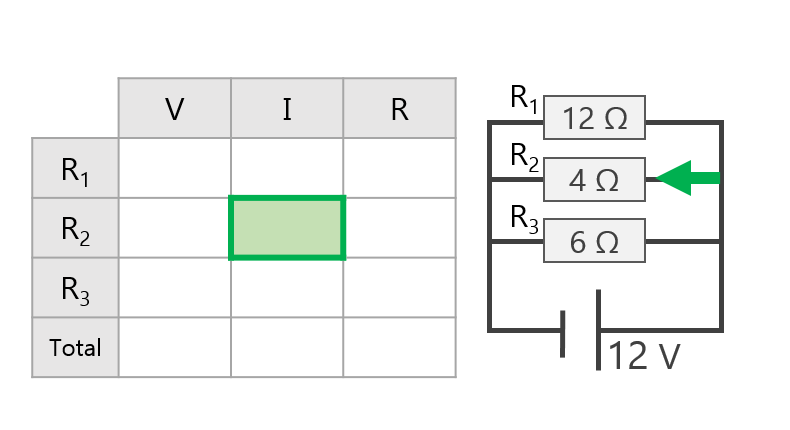
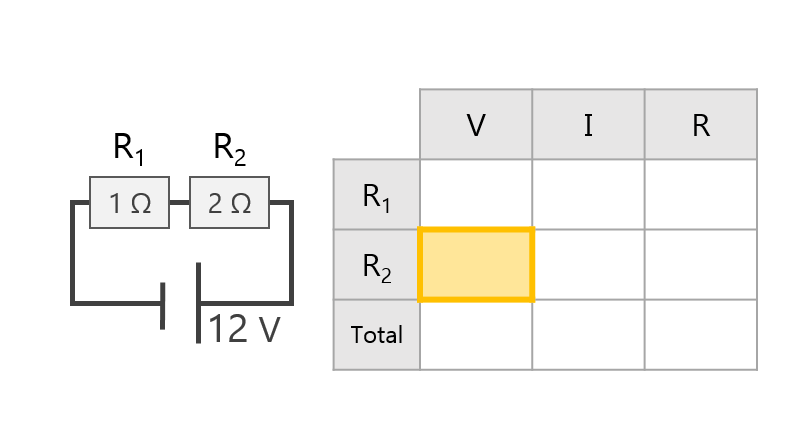
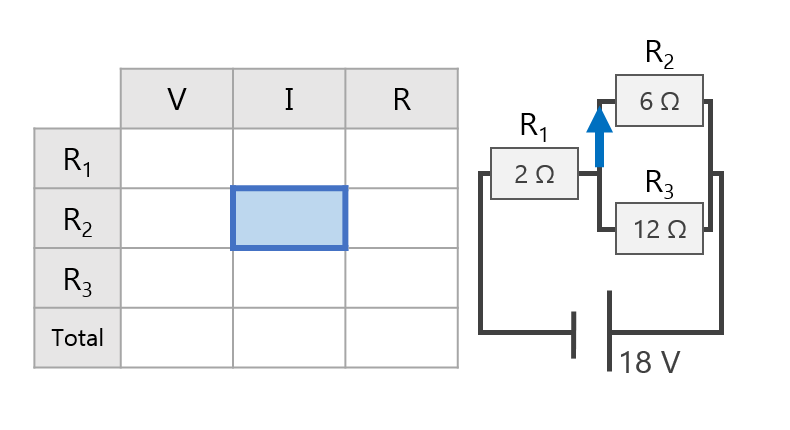
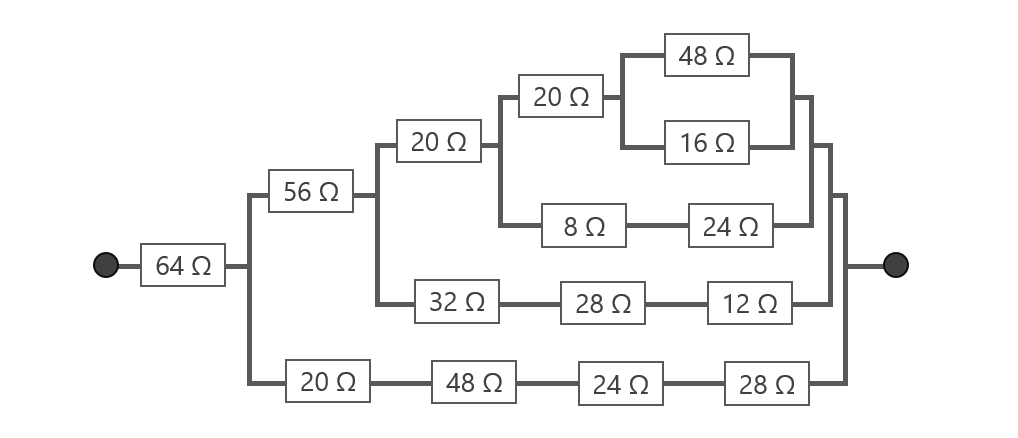
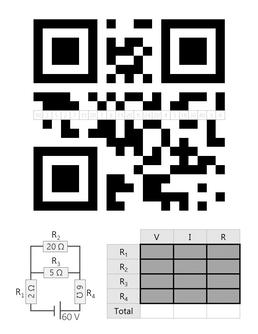
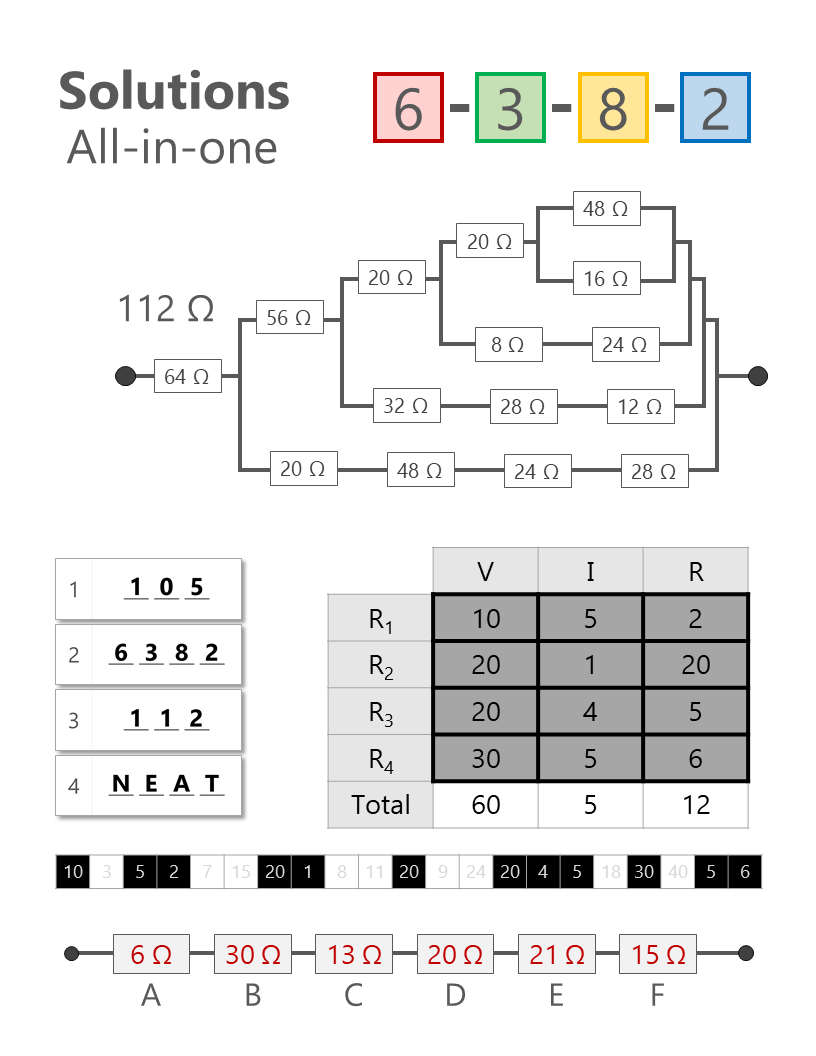
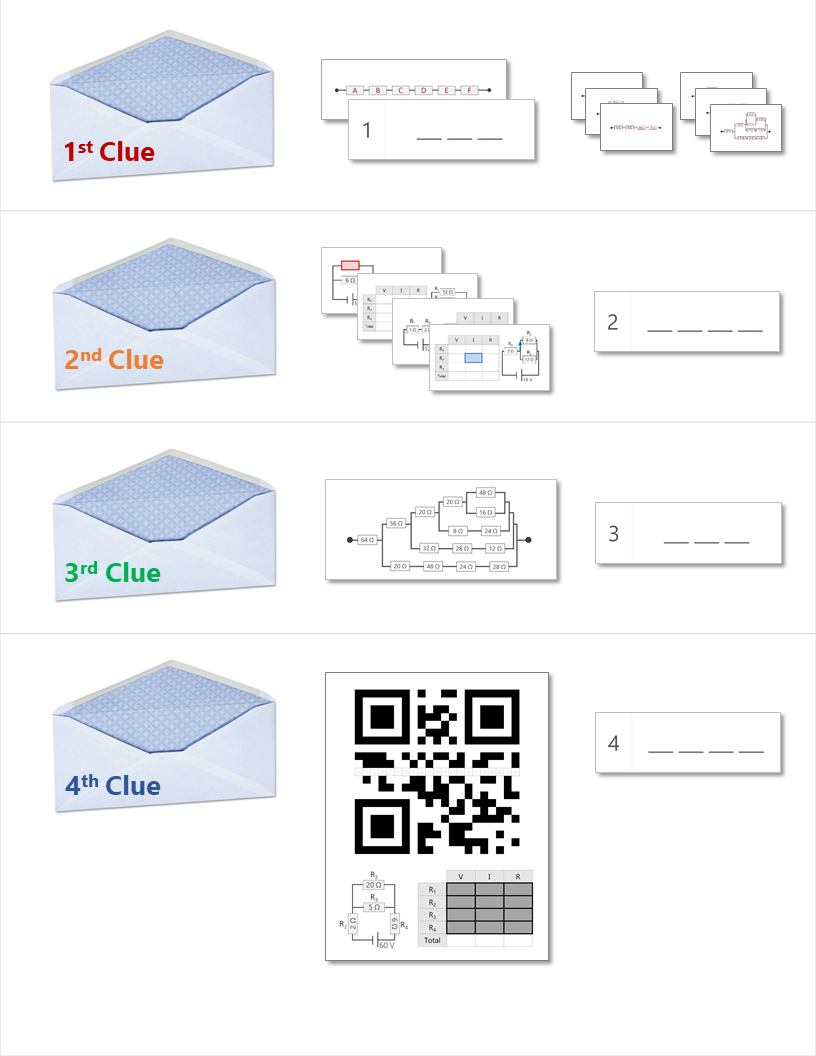
 RSS Feed
RSS Feed

